Regulatory Support
The Solar Lease Service Market is significantly bolstered by supportive regulatory frameworks and government incentives. Many governments are implementing policies aimed at promoting renewable energy adoption, including tax credits, rebates, and grants for solar installations. These incentives lower the financial barriers associated with solar leasing, making it a more appealing option for consumers. In some regions, legislation mandates renewable energy targets, further encouraging the growth of the Solar Lease Service Market. As regulatory support continues to evolve, it is likely that more consumers will be motivated to explore solar leasing as a means to meet their energy needs while benefiting from financial incentives. This supportive environment is expected to foster innovation and competition within the market, ultimately leading to enhanced service offerings.
Rising Energy Costs
The Solar Lease Service Market appears to be positively influenced by the increasing costs of traditional energy sources. As electricity prices continue to rise, consumers are seeking alternative energy solutions that can provide long-term savings. This trend is particularly evident in regions where utility rates have escalated significantly, prompting homeowners and businesses to consider solar leasing as a viable option. The Solar Lease Service Market offers a way for consumers to access solar energy without the upfront costs associated with purchasing solar panels. This financial model allows users to benefit from lower energy bills while avoiding the burden of high initial investments. As energy costs are projected to continue their upward trajectory, the demand for solar lease services is likely to grow, further solidifying the market's position in the renewable energy landscape.
Environmental Awareness
There is a notable increase in environmental consciousness among consumers, which is driving the Solar Lease Service Market. As awareness of climate change and environmental degradation rises, individuals and businesses are more inclined to adopt sustainable practices. Solar leasing provides an accessible means for consumers to reduce their carbon footprint without the complexities of ownership. The Solar Lease Service Market benefits from this shift in consumer behavior, as more people seek to contribute to environmental sustainability. Reports indicate that a significant percentage of consumers are willing to pay a premium for eco-friendly products and services, which bodes well for the growth of solar leasing. This trend suggests that as environmental awareness continues to expand, the Solar Lease Service Market will likely experience increased adoption rates.
Technological Innovations
Technological advancements play a crucial role in shaping the Solar Lease Service Market. Innovations in solar panel efficiency, energy storage solutions, and smart grid technology are making solar energy more accessible and cost-effective. The introduction of high-efficiency solar panels has led to a decrease in the overall cost of solar installations, making leasing options more attractive to consumers. Furthermore, advancements in battery storage technology allow for better energy management, enabling users to maximize their solar energy usage. As these technologies continue to evolve, the Solar Lease Service Market is expected to benefit from enhanced product offerings and improved customer experiences. The integration of smart technologies into solar leasing models may also lead to increased consumer engagement and satisfaction, further driving market growth.
Increased Financing Options
The availability of diverse financing options is a key driver for the Solar Lease Service Market. As financial institutions recognize the potential of solar energy, they are increasingly offering tailored financing solutions for solar leases. This trend allows consumers to choose from various leasing arrangements that best suit their financial situations. The emergence of third-party financing models has made solar leasing more accessible, enabling homeowners and businesses to adopt solar energy without significant upfront costs. As financing options continue to expand, the Solar Lease Service Market is likely to see a surge in adoption rates. This increased accessibility may also attract a broader demographic, including those who previously considered solar energy too expensive or complicated.


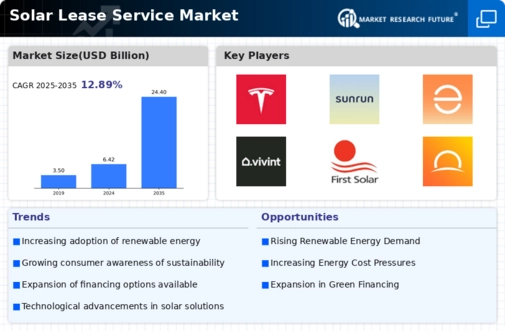
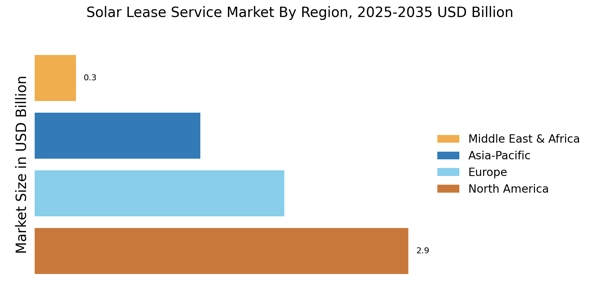
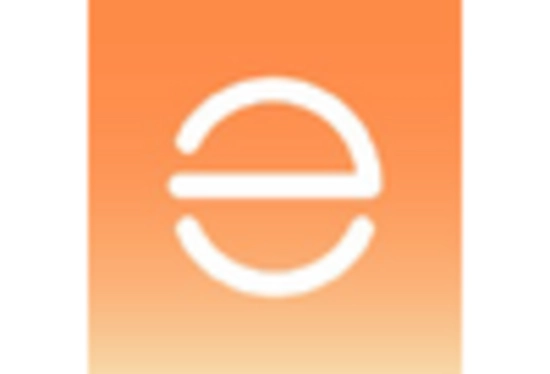
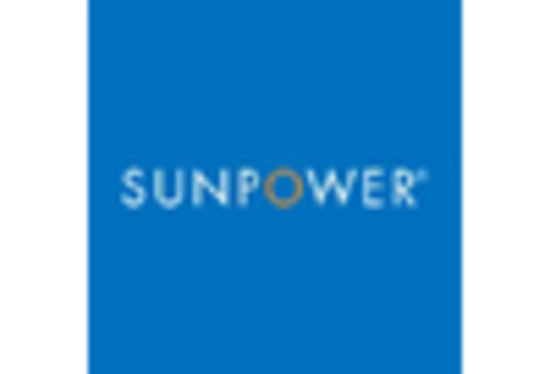

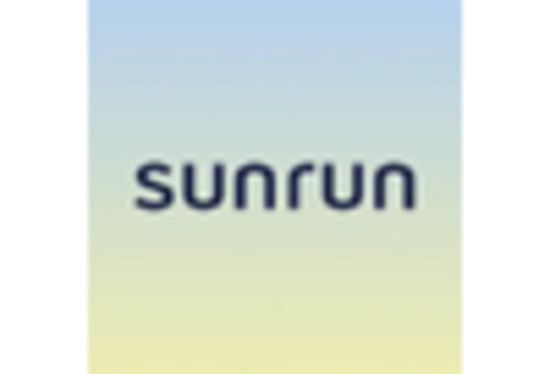










Leave a Comment